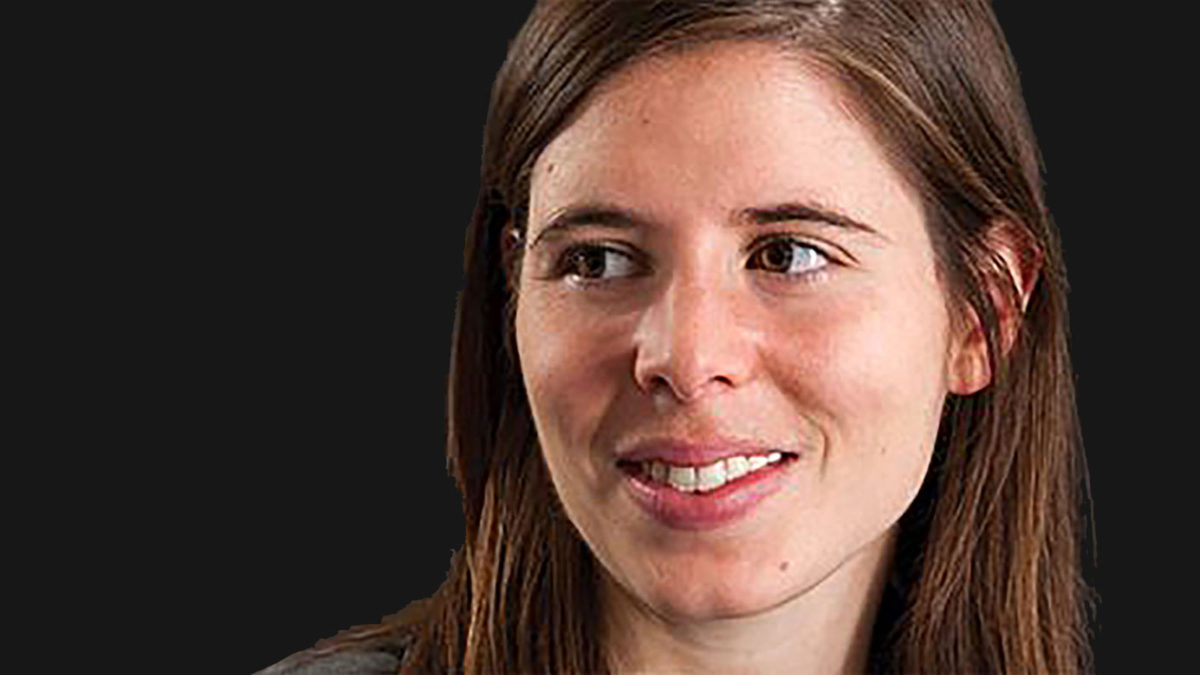Bottom-up quality test for truly global equities
There is growing concern about the relevance of broad market indices, especially due to their poor reflection of China’s growth. The main concern should probably be managers who hug them.
Whether or not it’s the index producers to blame, or managers who are not as active as they claim, an interesting angle on what is an old story comes from looking at the regional and country outcomes from certain bottom-up global investment styles.
In a recent webinar for clients, global equities manager Comgest asked the question: ‘How Global is Your Global Equity Fund?’ Comgest is a staff-owned manager with 49 investment professionals – about one quarter of the total staff – spread around the world. It has €38.8 billion (A$60.3 billion) under management. It is a quality/growth manager.
The firm has recently opened an office in Sydney, where New Zealand-born David Raper, a senior portfolio manager, relocated after some time in Hong Kong. Business development and client service is handled by Robert James, an Australian working out of the Hong Kong office.
The firm has several Australian clients, although it did not become a priority for new business until recently. The emerging markets strategy is available through Macquarie Private’s offering and Asian equities through Colonial First State. Cbus is also a client.
While there are no specialists in sectors or regions among the portfolio managers and analysts, their geographical spread is truly global at least. There are 19 based in emerging markets and Asia ex-Japan, 10 in Europe, five in the US, and four in Japan. There are six who are labelled ‘global’ and five dedicated ESG analysts in Paris.
Laure Negiar, a Paris-based portfolio manager in the global equities strategy, told the webinar participants that the outworking of the concentrated global portfolio, currently 35 stocks, was an exposure of 39 per cent to the US, compared with the MSCI ACWI benchmark’s 58 per cent. “We have been underweight the US for more than 10 years,” she said.
All of the firm’s 15 strategies consist of concentrated long-only equities. The flagship global equities strategy was launched in 1991, producing an average gross compound annual return of 13.2 per cent over those 30 years. This compares with an MSCI ACWI return of 7.4 per cent.
The two most meaningful overweights are emerging markets, mostly China, at 28.9 per cent of the portfolio’s value, and Japan at 14 per cent (against the benchmark’s 7 per cent).
Its quality style inevitably gives Comgest’s portfolios an ESG orientation, as a by-product of the selection process as much as the philosophy behind it.
Negiar said the style led to no or low exposure to coal and other fossil fuels and mining, tobacco and alcohol, banks and stranded assets. The global portfolio is “better ESG credentialled” with a more defensive risk profile than average. “We don’t go for an obvious renewables play,” she said.
Starting with a quality universe of about 200 global stocks, Comgest reduces this to about 80 from which the final portfolio of 30-40 stocks is chosen.
Well-known names in the current portfolio include Microsoft – held since 2008 – Alphabet, Visa, LVMH and L’Oreal. Lesser-known names include Japan’s ShinEtsu, Eli-Lilly, HDFC and Hoya.
ShinEtsu Chemical is considered one of its best recent buys, on an attractive multiple of about 20x. The company, the largest producer of semi-conductor ‘wafers’, has operating margins of 25-30 per cent and double-digit bottom-line growth expectations.
Negiar said the firm focused on five main drivers of long-term portfolio returns: productivity enhancement, digitalization, market share gains, emerging markets exposure and healthcare focus.
Market share gains can make for a good stock purchase even in a declining market for a sector. An example is the Japanese retailer Pan Pacific, which Comgest owned for about five years and sold last year because of its high valuation. Pan Pacific steadily built market share over the five years.
“Of our 15 top performers for the fund, five or six would have been Japanese stocks in recent years,” Negiar said.











